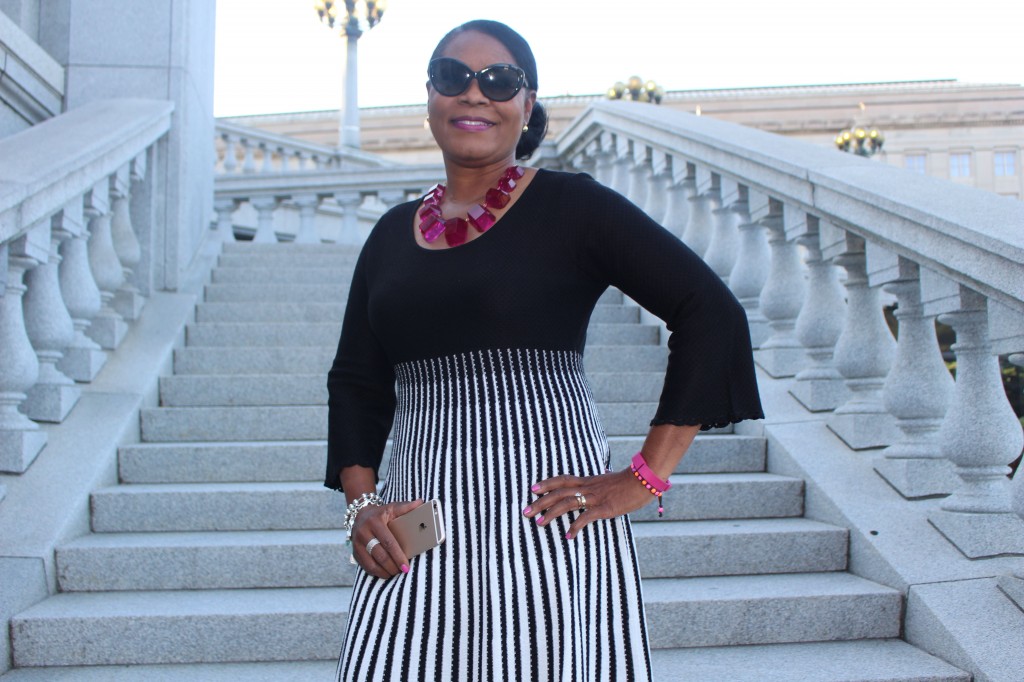
For the last nine years, you know when it’s October in Harrisburg. That’s when the power of pink is used to raise health and awareness for breast cancer at the State Capital complex.
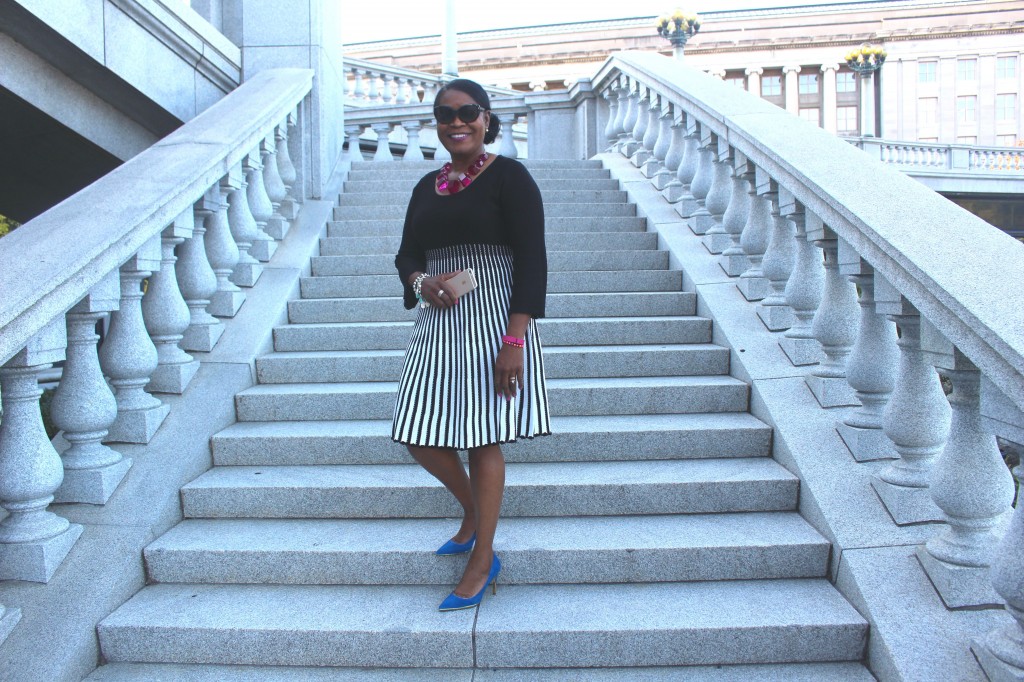
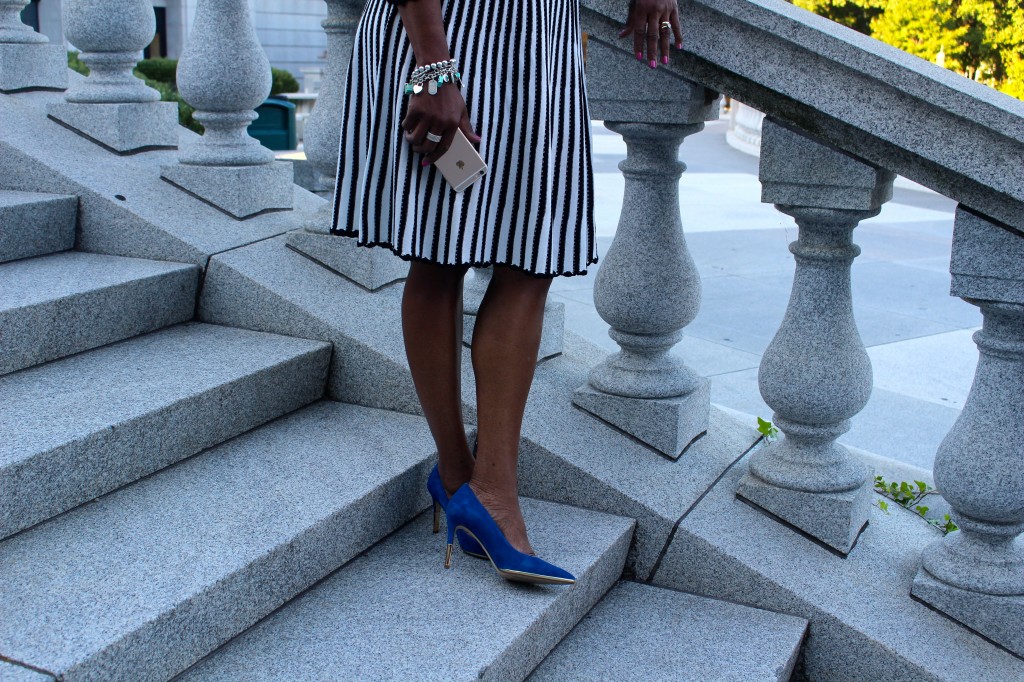
The Capital’s East Wing Fountain water is tinted pink to mark National Breast Cancer Awareness month.

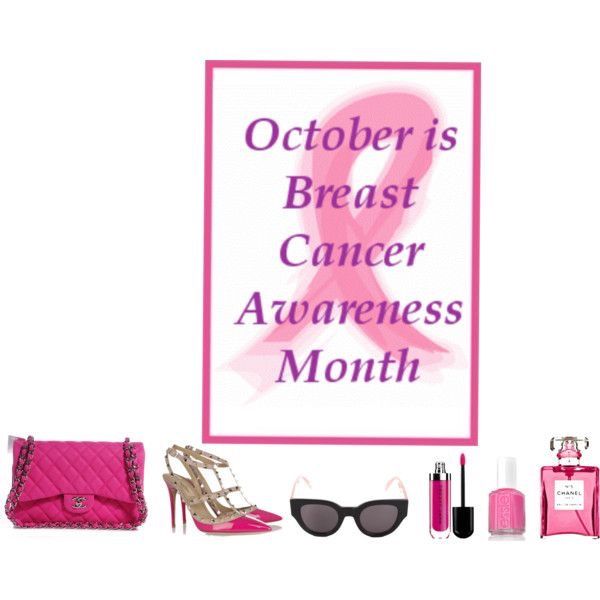
Why is the color pink associated with breast cancer awareness? The color pink is considered feminine. It evokes traditional feminine gender roles for caring for other people, being beautiful and being a girly girl.
The pink ribbon is an international symbol of breast cancer awareness. The first known use of a pink ribbon in connection with breast cancer awareness was in the fall of 1991, when the Susan G. Komen Foundation handed out pink ribbons to participants in its New York City race for breast cancer survivors. The pink ribbon was adopted as the official symbol of National Breast Cancer Awareness Month the next year in 1992. The pink ribbon was derived from the popular red ribbon for AIDS awareness.
What you should know about Breast Cancer:
- Every 3 minutes, a woman in the United States is diagnosed with breast cancer
- 1 in 8 women will develop invasive breast cancer
- The most significant risk factors: Gender: being a woman Age: growing older
- 126 per 100,000 Pennsylvania women diagnosed with invasive breast cancer
(National Average is 122 per 100,000) - Currently, there are more than 2.8 million breast cancer survivors in the United States
- 80 – 90% of breast cancers without symptoms will be detected by a mammogram
- Less than 50% of women 40 and older in the United States had a mammogram in the last year
- 61 median age at diagnosis- 12% of women in the general population will develop breast cancer sometime during their lives
- 45% of women who inherit a harmful BRCA2 mutation will develop breast cancer by age 70,
- 55 – 65% of women who inherit a harmful BRCA1 mutation will develop breast cancer by age 70,- – – 15% have a family member with breast cancer
- 85% have no family history of breast cancer
- Breast Cancer: Most common cancer among women (lung cancer is 2nd most common)
Source: American Cancer Society, National Cancer Institute
What Does Breast Cancer Look Like?
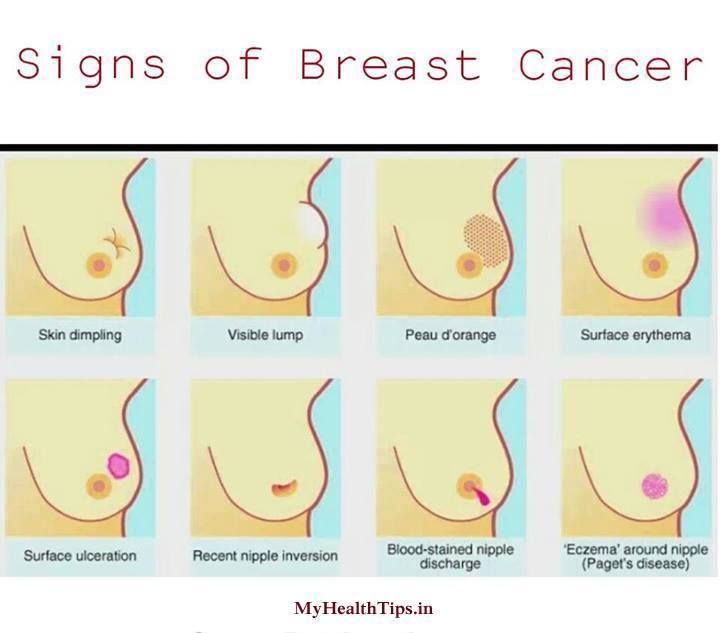
We should not only be reminded to wear pink but to act to prevent. What can you do to prevent breast cancer?

Organizations to support the power of pink in Central Pennsylvania:
– Pa Breast Cancer Coalition: www.pabreastcancer.org
– Make A Date Every Eight: Pink Hope Party at Pinnacle Health. pinnacle health.org/8
– Cleaning for a Reason: offers free professional maid service to women battling cancer
cleaningforareason.org
– The Pink Party: free evening, thepinkparty.com
– Boobies Bash – feelyourboobies.com
– Girls Got Hope: www.facebook.com/GirlsGotHopeFoundation
– Making Strides Against Breast Cancer: making strides.org/harrisburg
You are the best defense against any women’s cancer – know your genes, assess your risk, know your body, do self-examinations and keep regular appointments with your doctors. I hope the power of pink motivates you to protect your health.

Eugenia
Great information as usual.. Was surprised at the number of women that develop breast cancer without family history! This cancer and other cancers are impacting many daily and would hope we eventually find a way to cure this disease! Be Blessed! Thanks for keeping us informed on so many interesting topics!
April, thank you for stopping by, I appreciate you always taking the time to read and encourage me. So true what you said about some women getting breast cancer without family history, my mother was one. I am thankful she is a seven year survivor.